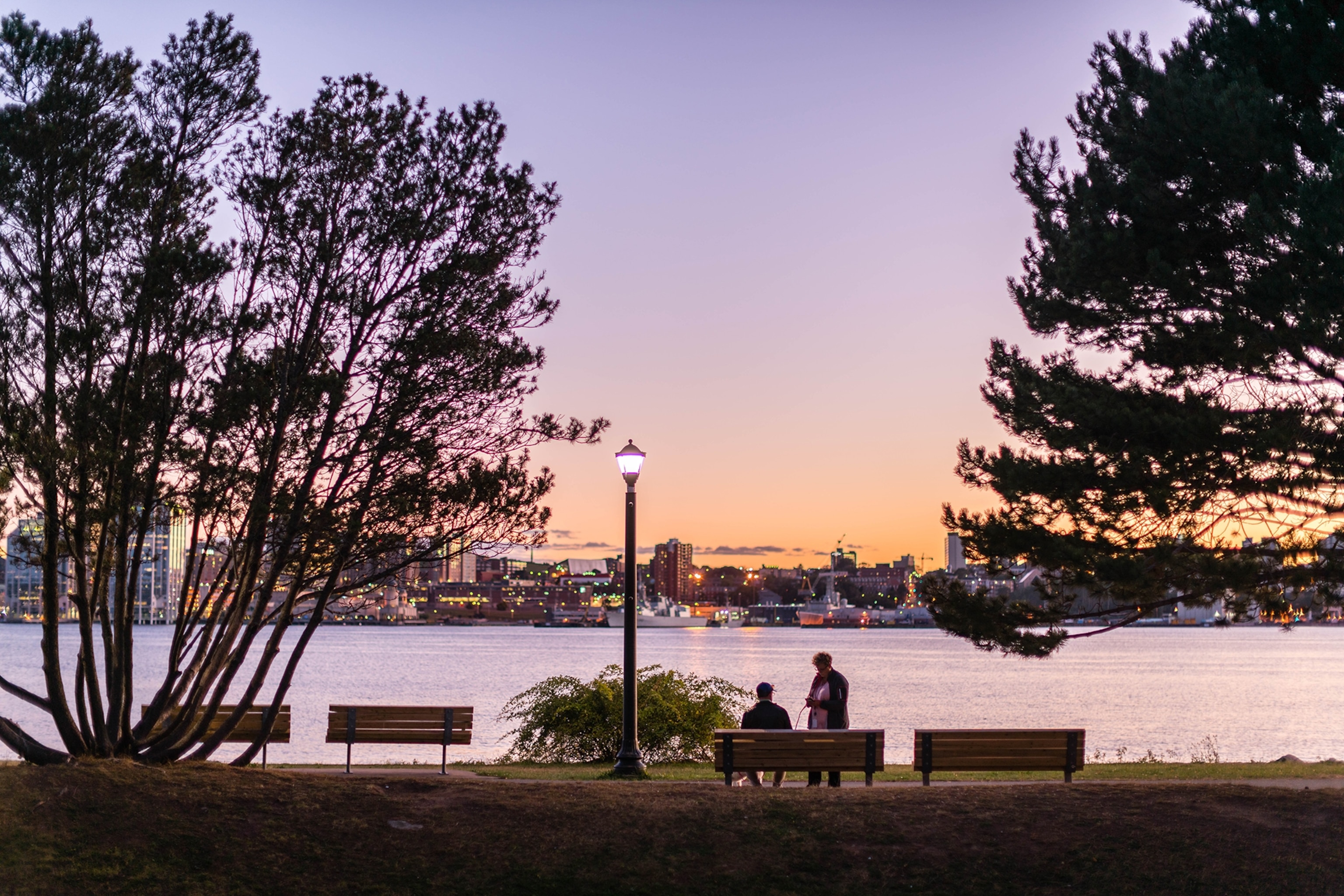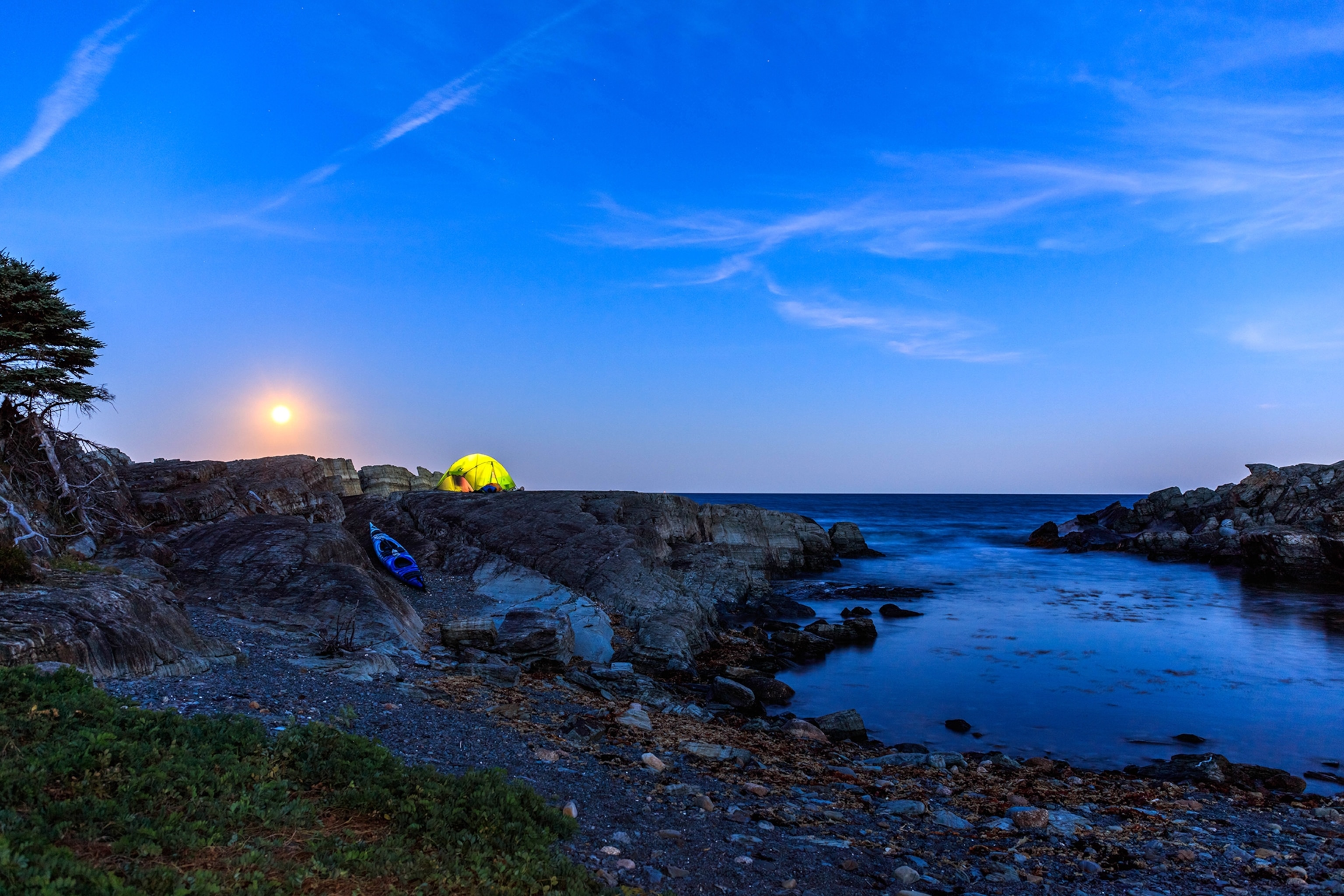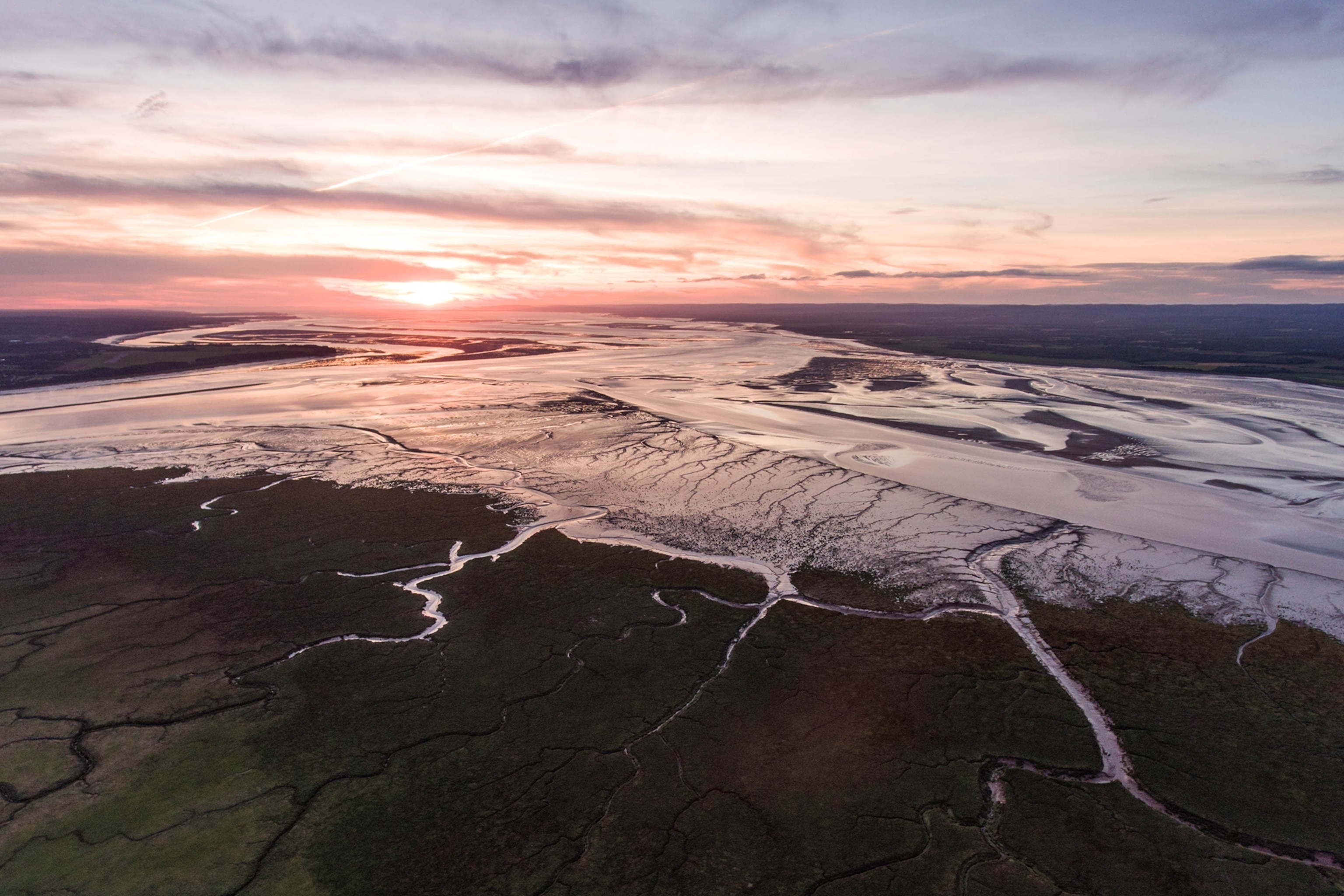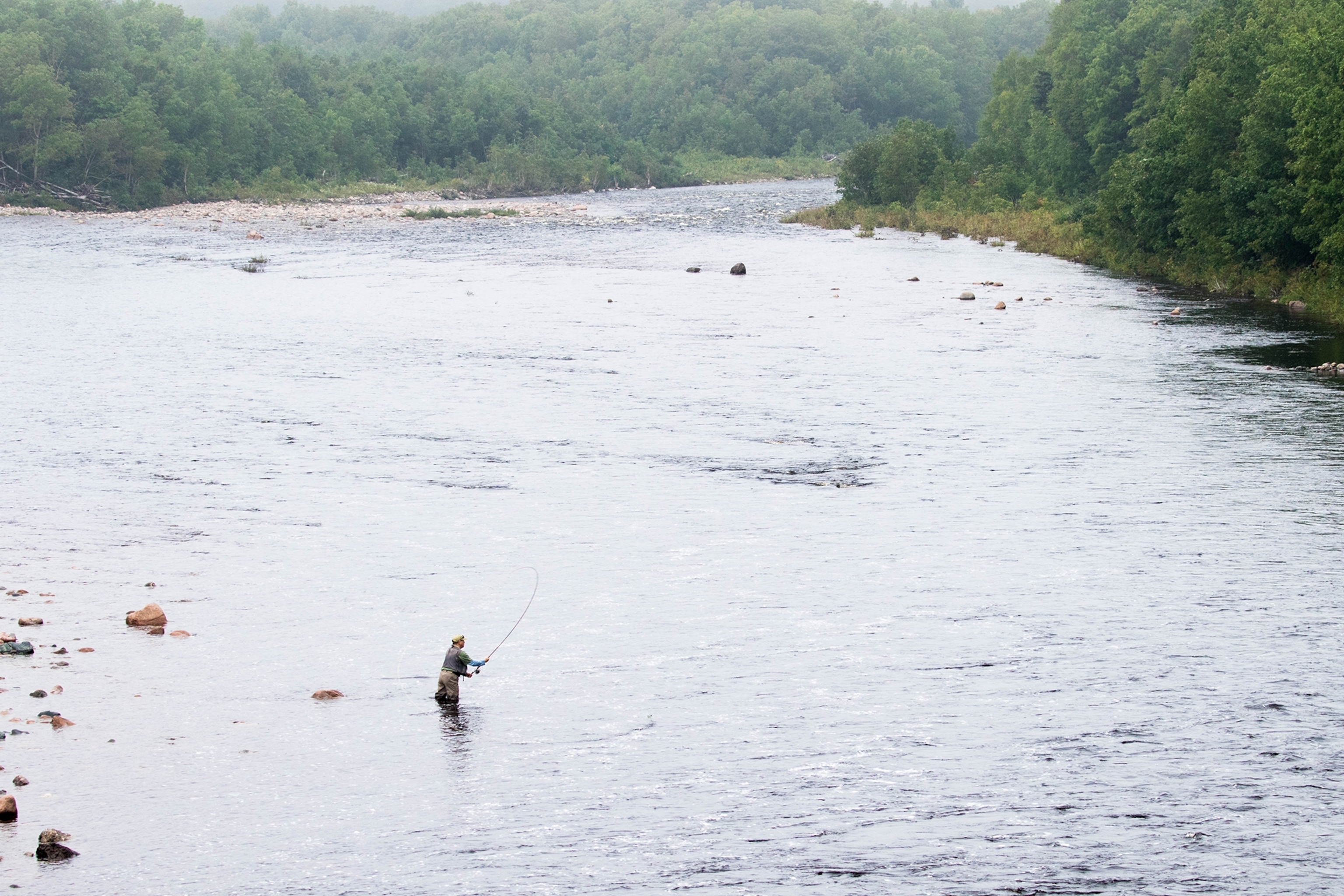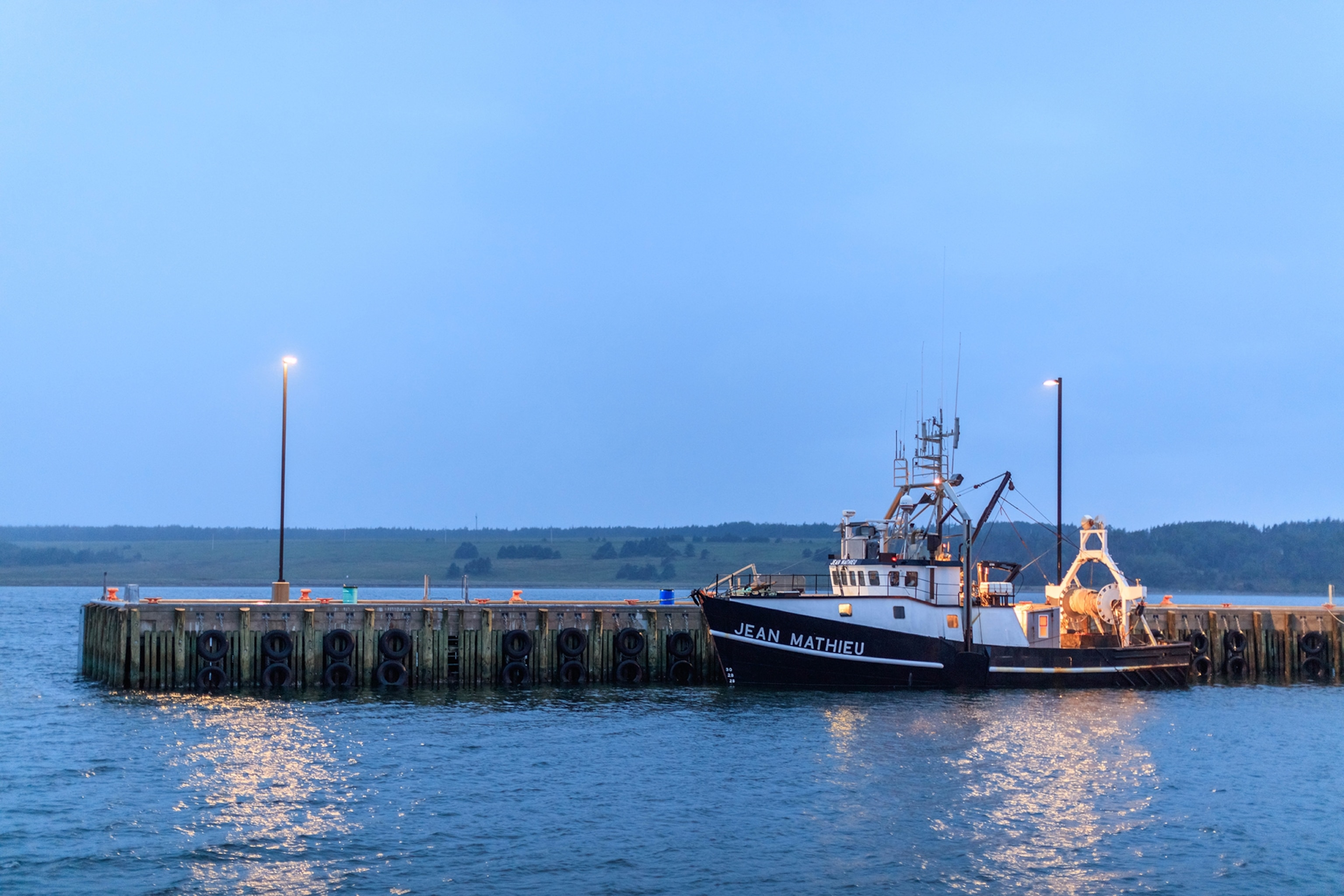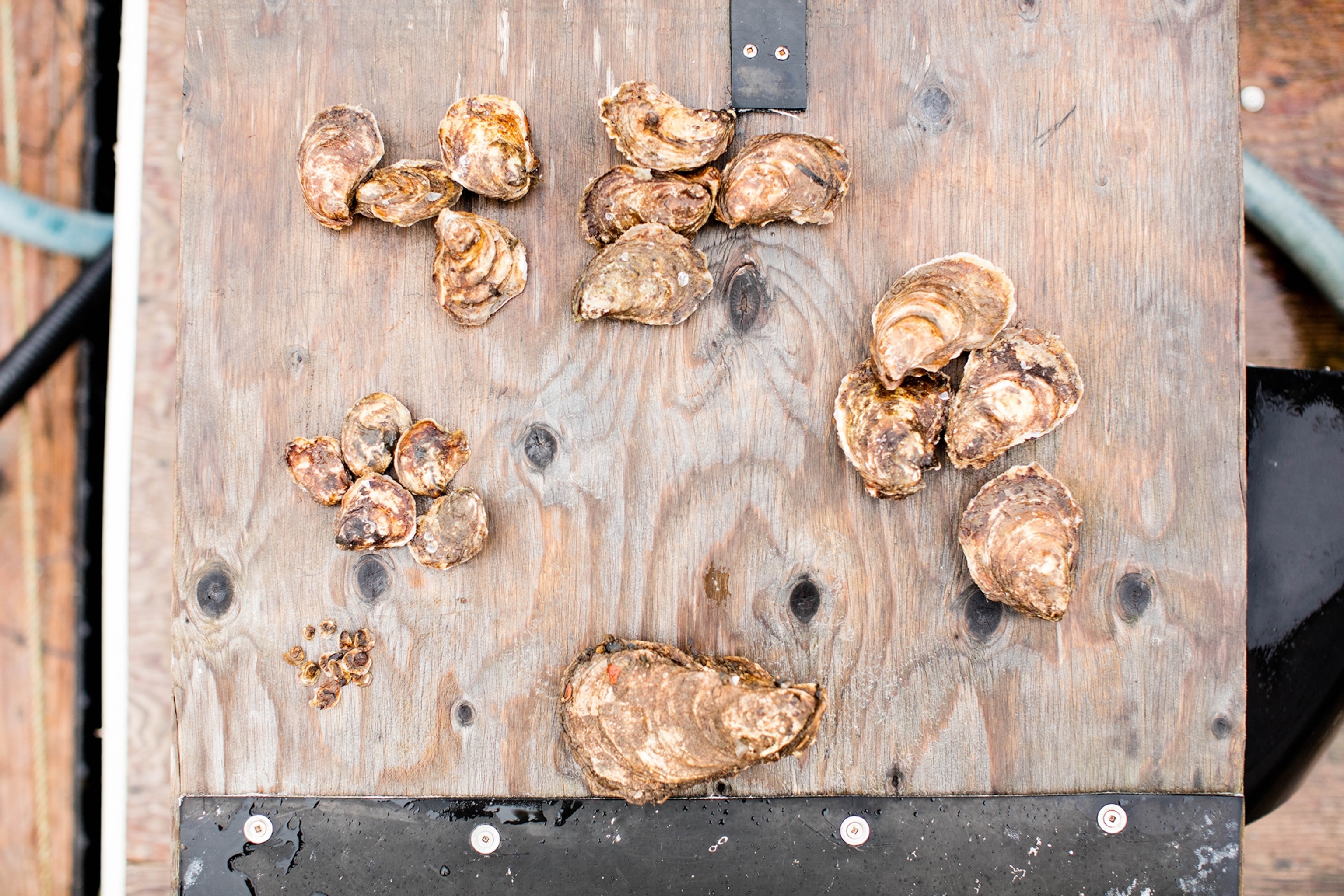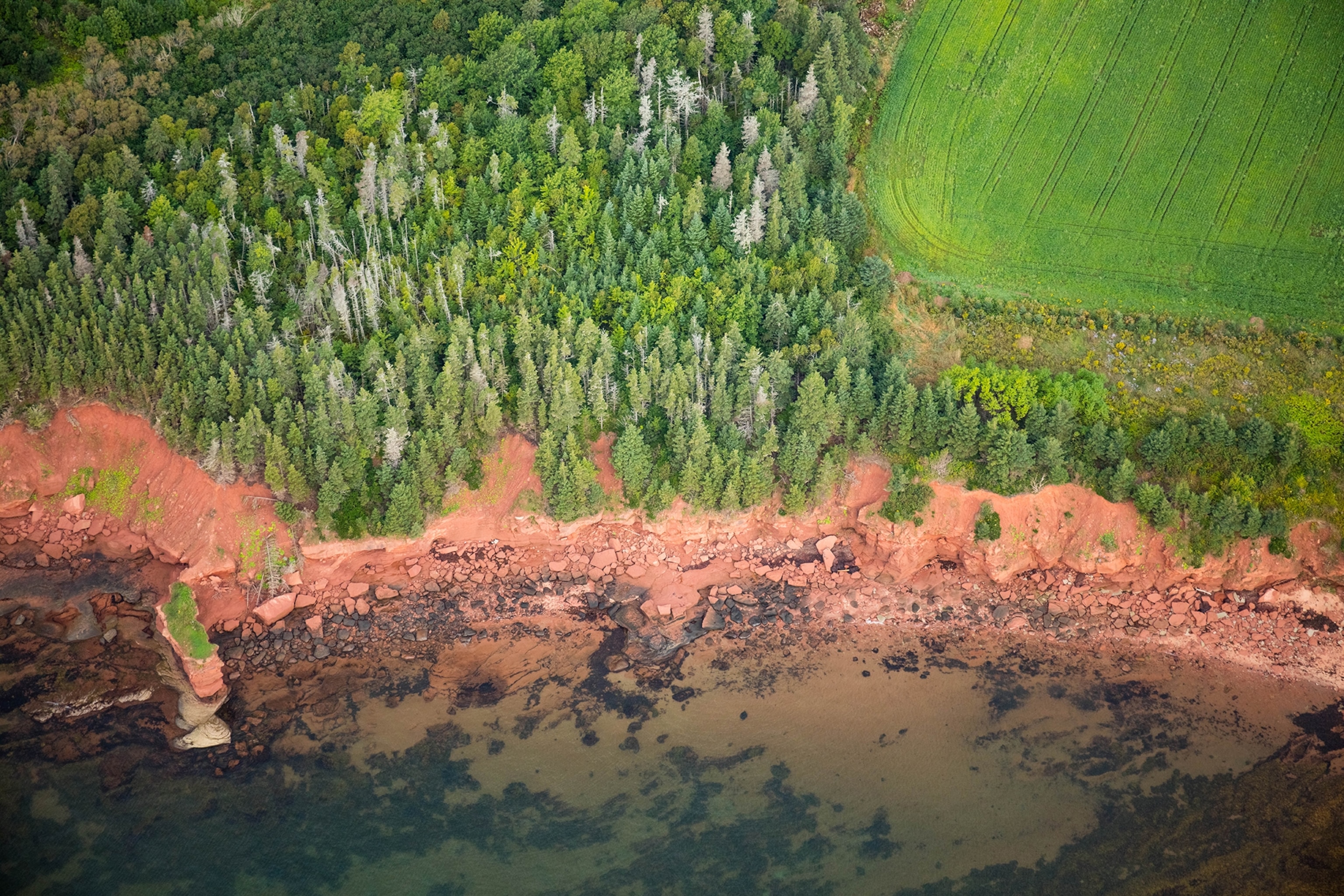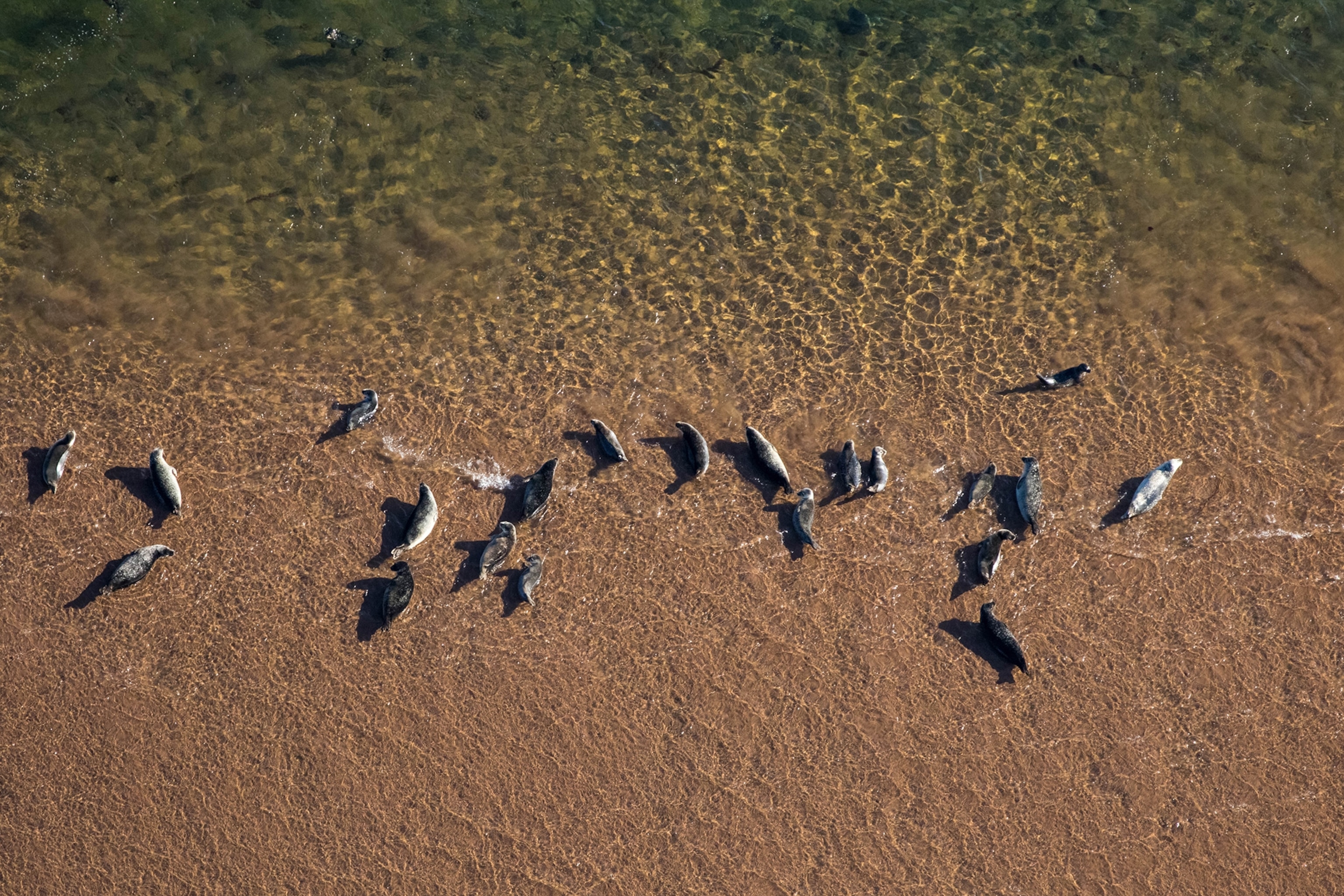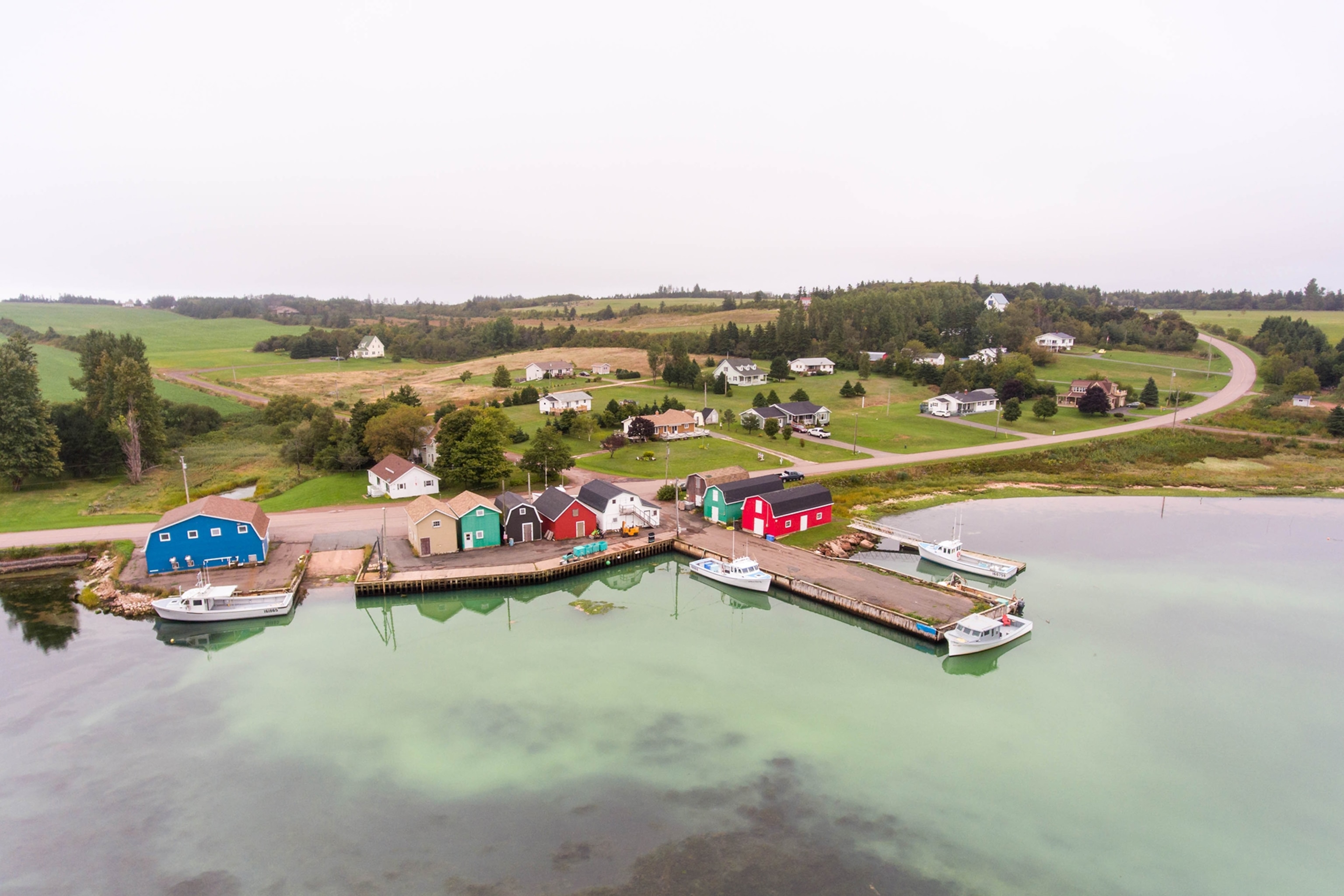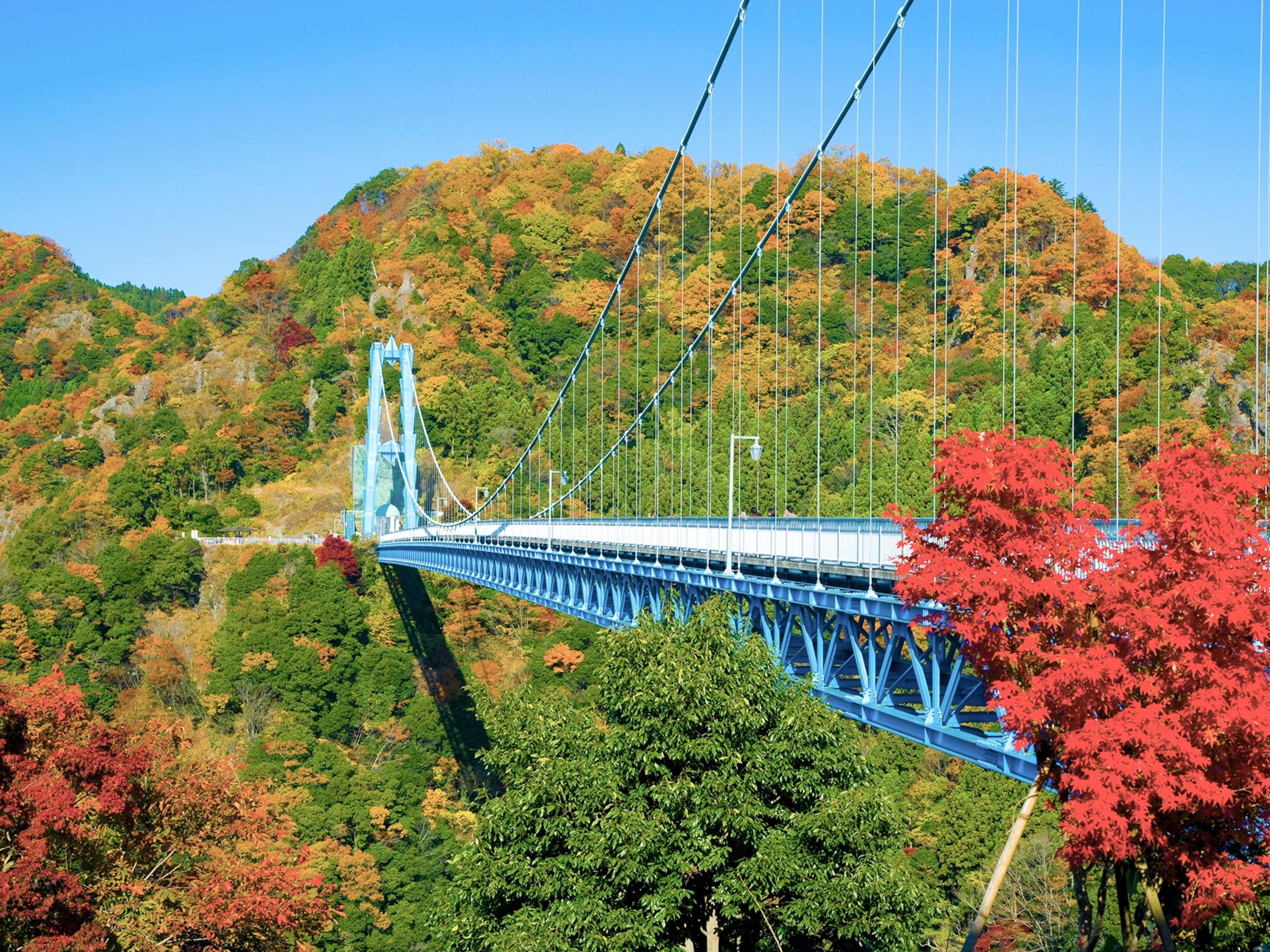The Life Aquatic: Adventures in Canada's Maritime Provinces
Hike, fly, and paddle alongside National Geographic photographer Ronan Donovan as he explores Nova Scotia, New Brunswick, and Prince Edward Island.
The Canadian Maritime Provinces—Nova Scotia, New Brunswick, and Prince Edward Island—reach into the Atlantic Ocean from the country's eastern coast. The word “maritime” means "of the sea," and these regions are exactly that. For centuries, locals have made their homes along the coast, pulling lobster, mackerel, and salmon from the seas. Increasingly, however, the Maritimes are hauling in a new catch: visitors, who fan out to explore the provinces’ many seaside activities, hiking trips, and outdoor adventures.
National Geographic photographer Ronan Donovan spent seven days exploring these three Atlantic locales. He camped on Nova Scotia's Mosher Island, kayaked across the harbor in Ferry Terminal Park, and soared above Prince Edward Island's northern coast. The trip echoed a childhood adventure with his father, brother, and cousin. Together, they canoed and sailed along the eastern coast of Nova Scotia. "It was fun to go back as an adult," Donovan says.
As he navigated this stunning part of North America, Donovan documented his adventures and photographed the coastal landscapes and communities. Now, follow his journey into and around Canada’s provinces of the sea.
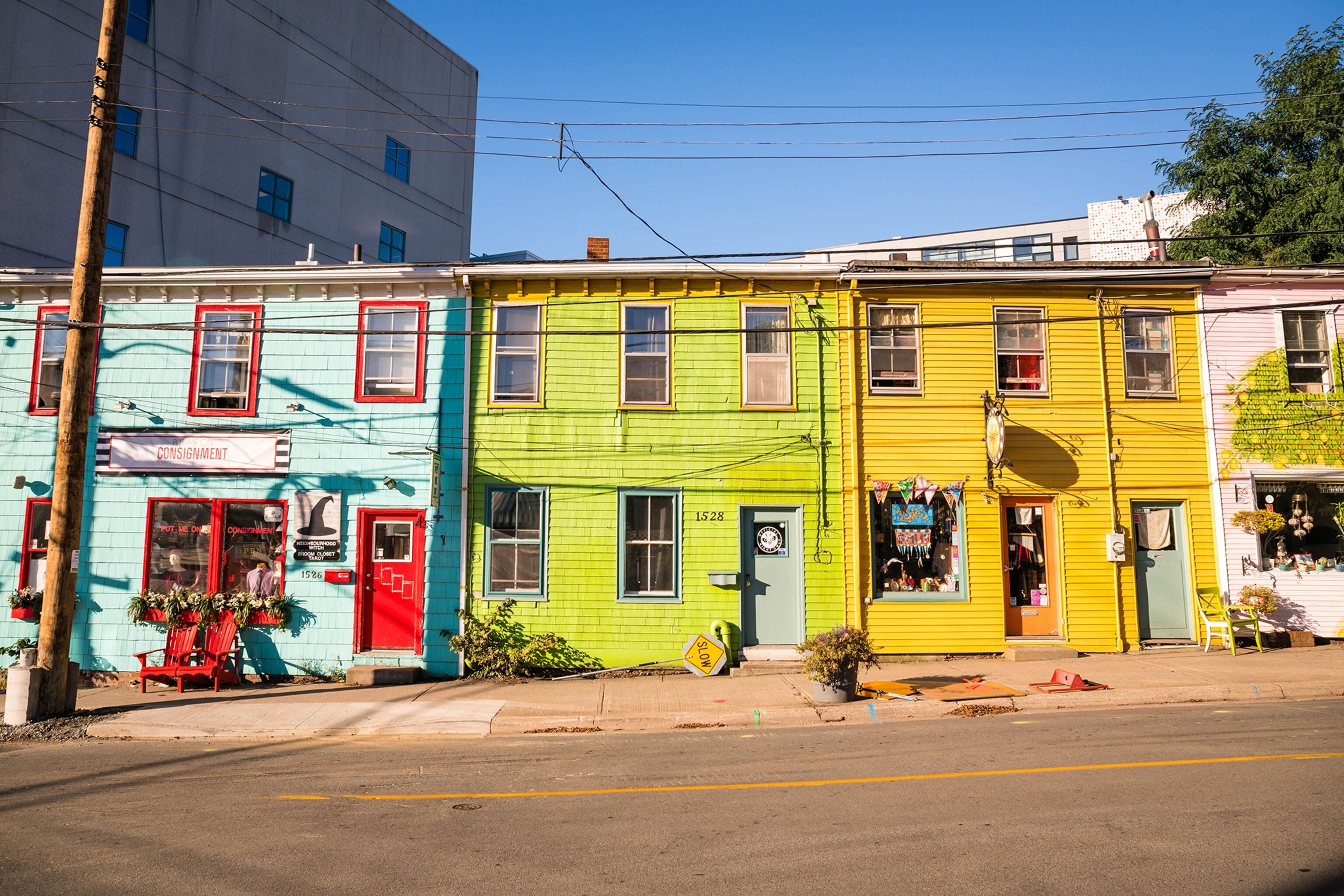
Many visitors to the Maritime Provinces land in Nova Scotia first, since Halifax makes for a nice starting point. Donovan was no different. While in the city, he indulged in the local seafood, watched the ferries cross the harbor, and toured the town's historic streets. For someone like Donovan, who isn't in love with big-city life, this provincial capital is just the right size. "Nova Scotia feels like one big small town," he says.
It wasn't long before Donovan was out on the water himself. Mosher Island, an off-the-beaten-path spot accessible only by boat, rests on Nova Scotia's southeastern coast. It was there that Donovan experienced his favorite adventure of the trip: He kayaked to the island's rocky edge and set up camp under the stars. From his tent, he heard the waves of the Atlantic Ocean crashing and watched the harvest moon rise over the island.
The ocean brings life to communities in Nova Scotia, New Brunswick, and Prince Edward Island. Visitors arrive to take in its adventures, like Donovan's private island camping trip, and locals rely on it to provide a sustainable livelihood. The provinces are lined with fishing villages and coastal communities, where some continue to practice traditional fishing methods.
While the Atlantic has certainly shaped the way of life in the Maritimes, going deeper inland offers just as much beauty. Cape Breton Highlands National Park, established in 1936, covers and protects 20 percent of Cape Breton, a northern Nova Scotian island. The national park holds much of Cabot Trail, a scenic highway loop that covers some of the northwestern and northeastern coasts of the island and the northern edge of the park. Within this protected area, visitors will find cliffs and canyons ready for discovery, and forests and lakes ripe for exploration.
Donovan ventured into this part of Nova Scotia to hike the Skyline Trail, an accessible endeavor that takes two to three hours and covers a 5.7-mile loop.
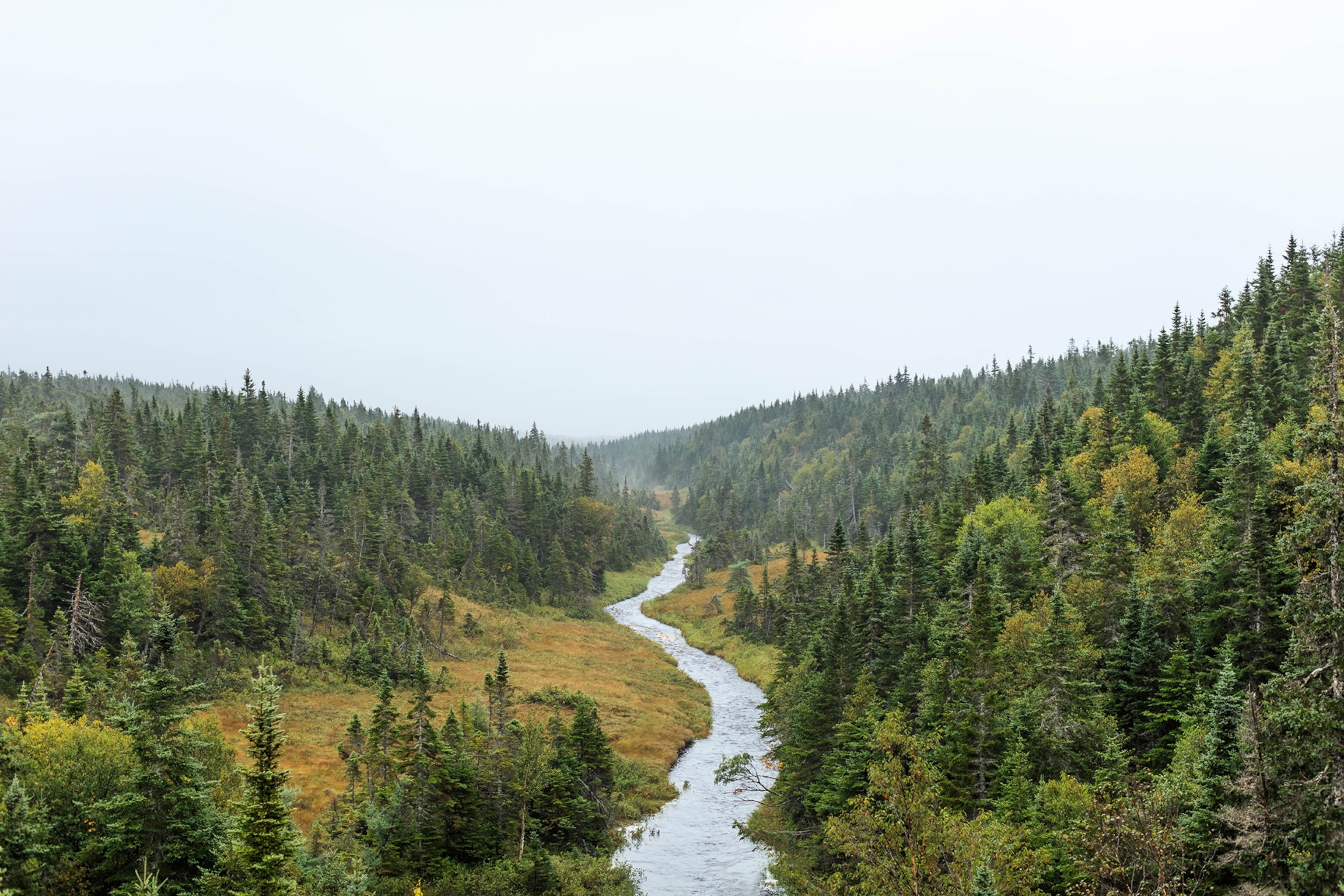

After exploring the provinces by land and sea, Donovan took to the air. He headed to Prince Edward Island and hitched a ride with a local pilot in a four-seat Cessna 172 Seahawk. Travelers can do the same and get views of the nearby Confederation Bridge, some of the island's many beaches, and its capital city, Charlottetown.


Prince Edward Island is a mere 2,170 square miles—about the size of Delaware in the United States—but it's home to an array of environments, from the inland forests to its coastline bays. Plus, being the only Canadian province with no land border, visitors are never far from the beach. While discovering the island, Donovan ventured to local fishing villages, journeyed along breathtaking red cliffs, and spotted the province's lounging sea life.
Nearing the end of his Maritime adventure and to round out his time in these oceanside provinces, Donovan visited la Dune de Bouctouche, a sand dune in New Brunswick. The beach is home to the Irving Eco-Centre, dedicated to protecting the local coastal ecosystem. He walked along the center's boardwalk and visited the nearby beach, but the center also features nature exhibits, films, and a saltwater aquarium—all in service of the center’s mission: to show locals and travelers the value of the landscape and its wildlife.
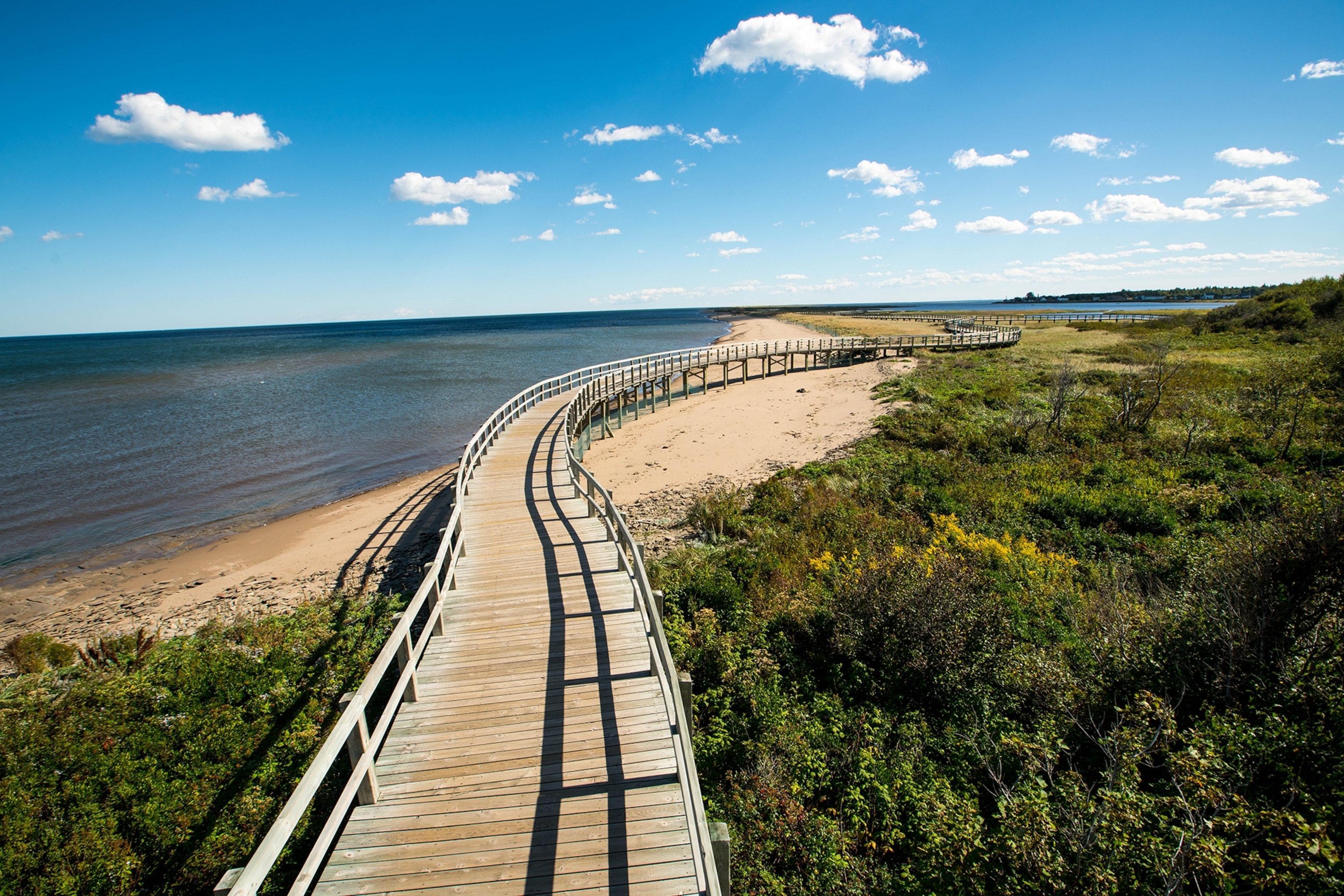
Donovan ended his trip where he began, in Nova Scotia's Halifax, with just enough time to take in another sunset over Halifax Harbour. This was the end of this trip but not necessarily the end of his time in the province. Thinking of a possible future visit, Donovan says, “I’d love to go back to Nova Scotia and experience it at an even slower pace.”
